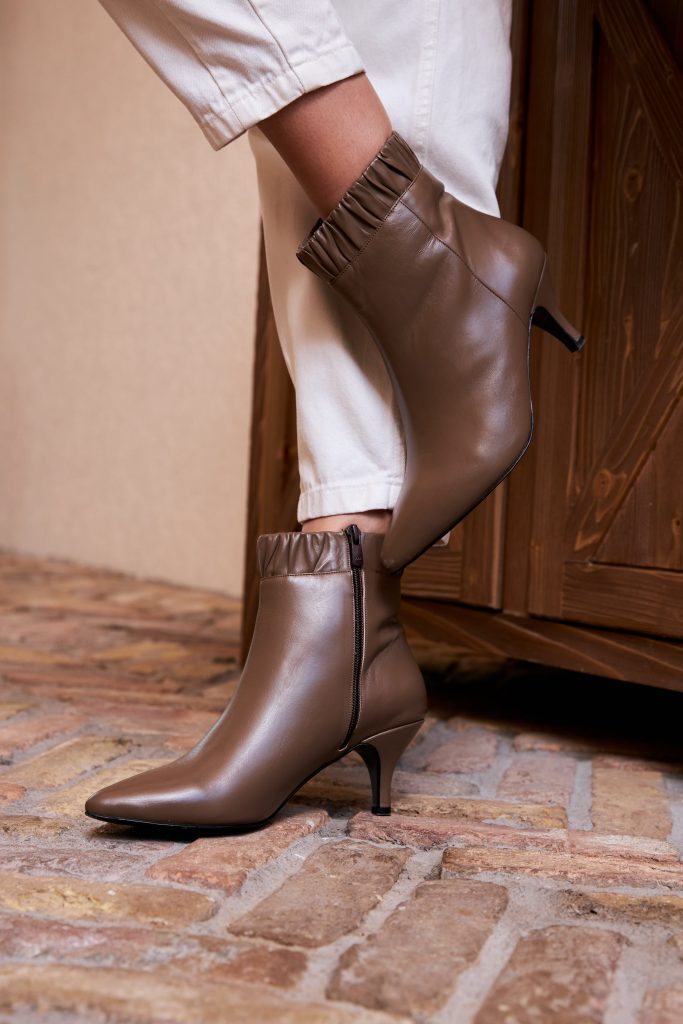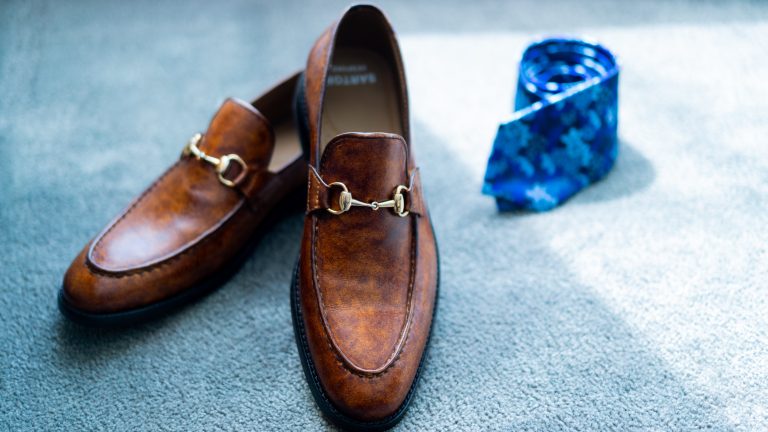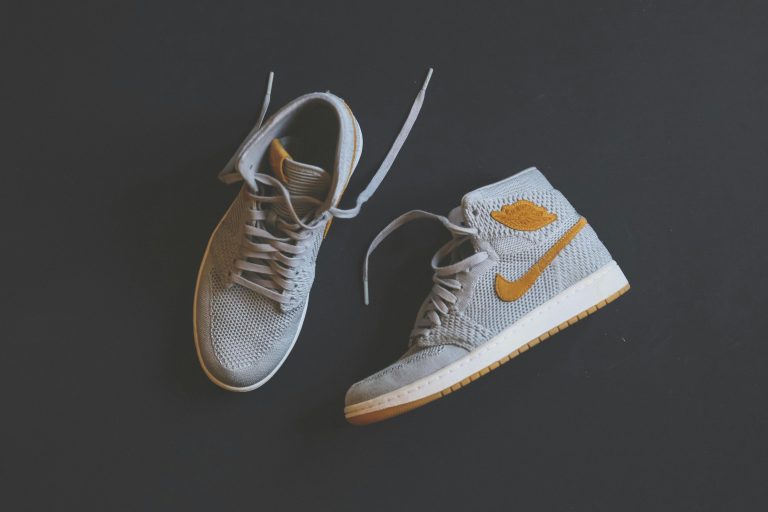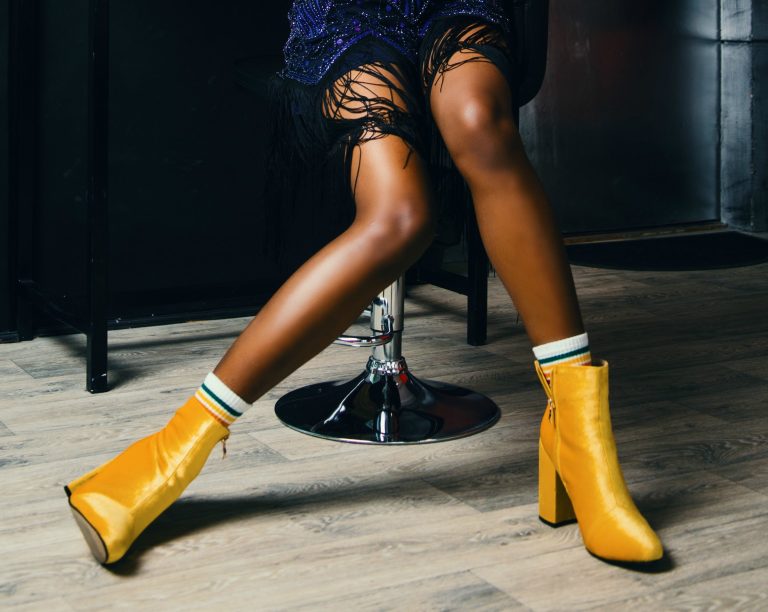Is PU Leather Breathable? Is 100% Leather Waterproof?
Table of Contents
Is PU Leather Breathable? Leather enthusiasts often find themselves in a dilemma when choosing between PU leather and 100% natural leather. The key considerations revolve around breathability and waterproofing. In this comprehensive guide, we’ll explore the intricacies of both types, dispel common misconceptions, and provide practical insights to help you make informed decisions.
Introduction (Is PU Leather Breathable?)
A. Brief Overview of PU Leather
PU leather, or polyurethane leather, is a synthetic material designed to mimic the look and feel of genuine leather. It has gained popularity for its affordability and versatility in various applications.

B. Importance of Breathability in Leather
Breathability is a crucial factor in leather products, influencing comfort and overall user experience. Understanding the breathability of PU leather is essential for consumers seeking optimal comfort.
C. Waterproofing Attributes of 100% Leather
On the other hand, traditional 100% leather is celebrated for its natural waterproofing properties. However, advancements in technology have allowed for innovations in both breathability and waterproofing treatments.
PU Leather: The Breathability Factor
A. Understanding PU Leather Composition
PU leather is composed of a base layer, followed by a layer of polyurethane, creating a material that is less porous than natural leather. This composition affects its breathability.
B. Breathability Characteristics
While PU leather may not be as breathable as its natural counterpart, advancements in manufacturing have led to variations with improved breathability, catering to different consumer needs.
C. Comparison with Natural Leather
A comparative analysis between PU leather and natural leather reveals distinctions in breathability, with natural leather typically having a higher level of air permeability.
100% Leather and Its Waterproof Nature
A. Natural Properties of 100% Leather
The inherent waterproofing ability of 100% leather stems from its organic composition. The tight structure of leather fibers naturally repels water, making it a preferred choice in specific applications.
B. Waterproofing Treatments
To enhance waterproofing in natural leather, various treatments like waxing, oiling, and modern waterproofing agents are employed, offering a spectrum of choices for consumers.
C. Effectiveness and Limitations
While waterproofing treatments can be highly effective, it’s essential to understand their limitations and maintenance requirements for prolonged efficacy.
Breathability vs. Waterproofing: Striking the Balance
A. Challenges in Combining Breathability and Waterproofing
Manufacturers face challenges in achieving a perfect balance between breathability and waterproofing. The trade-offs must be carefully considered to meet diverse consumer expectations.
B. Innovative Solutions in Leather Technology
Advancements in leather technology introduce innovative solutions, such as micro-perforations and breathable membranes, allowing for improved breathability without compromising waterproofing.
C. Consumer Considerations
Understanding individual preferences is key. Some may prioritize breathability for specific applications, while others may prioritize waterproofing. Consumer education is vital in making informed choices.
Common Misconceptions About PU Leather and Waterproofing
A. Dispelling Myths About PU Leather
Addressing common misconceptions about PU leather, such as its perceived lack of breathability, can help consumers make unbiased decisions based on accurate information.
Addressing Waterproofing Expectations in 100% Leather
Clarifying the expectations of waterproofing in natural leather is crucial to avoid misunderstandings. Not all natural leather products are entirely waterproof without additional treatments.
Practical Implications in Everyday Use
A. Ideal Uses for Breathable PU Leather
Identifying scenarios where breathable PU leather shines, such as in clothing and accessories, helps consumers choose the right material for specific applications.
B. Scenarios Where Waterproofing is Crucial
Highlighting situations where waterproofing is essential, such as in outdoor gear or footwear, guides consumers in making practical choices aligned with their needs.
Factors Influencing Breathability in PU Leather
A. Material Thickness
Thicker PU leather may pose challenges in breathability. Consumers should consider the intended use and breathability requirements when selecting thickness levels.
B. Manufacturing Processes
Different manufacturing processes influence the breathability of PU leather. Understanding these processes empowers consumers to make choices aligned with their comfort preferences.
C. Impact on Comfort
The relationship between breathability and comfort is nuanced. Striking the right balance ensures that PU leather products provide the desired level of comfort in various applications.
Techniques for Waterproofing 100% Leather Goods
A. Waxing and Oiling
Traditional methods like waxing and oiling have been employed for centuries to enhance the waterproofing of natural leather. These techniques add a layer of protection against moisture.
B. Modern Waterproofing Agents
Advancements in chemistry have led to the development of modern waterproofing agents. Understanding the options available empowers consumers to choose the right treatment for their leather goods.
C. Maintenance Tips
Proper maintenance is crucial for preserving the waterproofing efficacy of treated leather. Simple care routines can significantly extend the lifespan of waterproofed leather items.
Consumer Preferences and Industry Trends
A. Shifts in Demand for Breathable Leather
As consumers become more conscious of comfort, there is a noticeable shift in demand towards breathable leather products. Industry players are adapting to this trend with new product offerings.
B. Eco-Friendly Waterproofing Solutions
With sustainability in focus, consumers are showing interest in eco-friendly waterproofing solutions. The industry is responding by exploring environmentally conscious alternatives.
C. Brand Strategies in Meeting Consumer Needs
Brands are increasingly emphasizing transparency in communicating the breathability and waterproofing features of their leather products. Aligning marketing strategies with consumer needs is becoming pivotal.
Real-Life Experiences: User Testimonials
A. Positive Experiences with Breathable PU Leather
User testimonials highlight positive experiences with breathable PU leather, citing enhanced comfort and adaptability to different climates.
B. Challenges and Triumphs with Waterproofed Leather Products
Real-life stories shed light on challenges faced by users in maintaining waterproofed leather items, along with success stories and lessons learned.
C. User Insights on Desired Features
Understanding user preferences through insights shared in testimonials helps manufacturers tailor products to meet the evolving demands of the market.
The Environmental Impact
A. PU Leather and Sustainability
Exploring the environmental impact of PU leather production and disposal provides insights into its sustainability compared to traditional leather.
B. Waterproofing Agents and Environmental Concerns
An examination of the environmental impact of various waterproofing agents encourages consumers to make choices that align with their eco-conscious values.
C. Future Trends in Eco-Friendly Leather Production
Anticipating future trends in eco-friendly leather production provides a glimpse into the industry’s commitment to sustainable practices.
Expert Opinions on Leather Quality
A. Perspectives from Leather Industry Experts
Gaining insights from experts in the leather industry offers a deeper understanding of the factors influencing leather quality, including breathability and waterproofing.
B. Balancing Breathability and Waterproofing in Leather Goods
Experts weigh in on the challenges and solutions in achieving a harmonious balance between breathability and waterproofing in leather products.
C. Recommendations for Consumers
Expert recommendations guide consumers in making well-informed choices that align with their priorities, whether it’s breathability, waterproofing, or a balance of both.
Making an Informed Choice: Shopping Guide
A. Things to Look for in Breathable PU Leather Products
Providing a checklist for consumers helps them assess the breathability of PU leather products, ensuring they meet their specific needs and expectations.
B. Tips for Selecting Waterproof 100% Leather Goods
Guiding consumers on key considerations when choosing waterproof 100% leather goods assists them in finding products that align with their lifestyle and intended use.
C. Reading Product Labels: What to Consider
Educating consumers on interpreting product labels empowers them to make informed decisions based on the provided information about breathability and waterproofing.
Maintaining Leather Items for Longevity
A. Cleaning and Conditioning Breathable PU Leather
Simple cleaning and conditioning routines can significantly extend the lifespan of breathable PU leather items, maintaining their comfort and aesthetic appeal.
B. Waterproof Leather Care
Effective care practices for waterproof leather involve regular maintenance to ensure the continued effectiveness of the waterproofing treatments.
C. Preserving the Integrity of Leather Goods
Tips for preserving the integrity of leather goods go beyond breathability and waterproofing, encompassing overall care for a longer-lasting and more sustainable product.
Conclusion
A. Recap of Key Points
Summarizing the key points discussed throughout the article reinforces the importance of understanding breathability and waterproofing in leather.
B. Balancing Breathability and Waterproofing for Optimal Leather Experience
Highlighting the significance of finding the right balance ensures that consumers can enjoy the benefits of both breathability and waterproofing in their leather products.
C. Encouragement for Informed Consumer Choices
Empowering consumers to make informed choices based on their preferences and needs fosters a more conscious and satisfying shopping experience.
FAQs
- Is PU leather completely waterproof?
- PU leather has some water resistance but may not be entirely waterproof. It depends on the manufacturing process and additional treatments.
- Can I make natural leather waterproof at home?
- Yes, natural leather can be made waterproof at home using various treatments like waxing or oiling. However, professional waterproofing is recommended for optimal results.
- Are breathable leather products more expensive?
- Breathable leather products can vary in price, but advancements in manufacturing have made them more accessible, catering to a wide range of budgets.
- Do waterproofing treatments affect the breathability of leather?
- Some waterproofing treatments may affect breathability, but modern advancements aim to strike a balance between both attributes.
- How often should I waterproof my leather items?
- The frequency of waterproofing depends on factors like usage and exposure to elements. Regular inspection and maintenance will guide the timing of reapplication.





Leave a comment